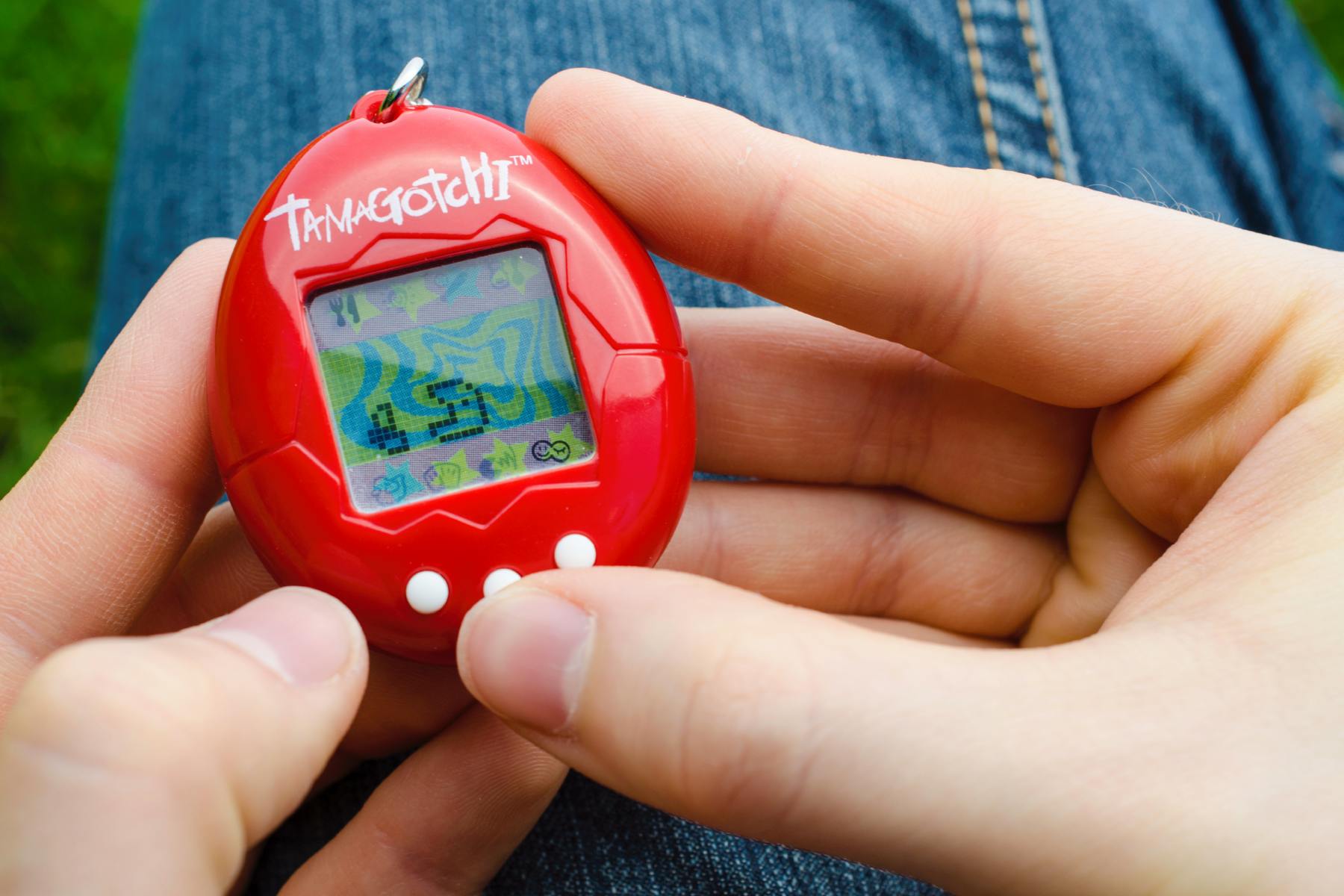Top Stories
How Tamagotchi Shaped Millennial Relationships with Devices

The impact of Tamagotchi on millennials’ interactions with technology is profound and enduring. First launched in 1996 by Japanese toy company Bandai, the handheld digital pet quickly became a cultural phenomenon. As millennials transition into middle age, the lessons learned from caring for these virtual creatures resonate strongly in the era of personal media devices that demand constant attention and interaction.
Tamagotchi, along with its 1997 counterpart, Giga Pets, presented a unique blend of responsibility and companionship, encapsulated in their small, egg-shaped designs. Within a year and a half of its release, Bandai sold over 400 million Tamagotchis globally, highlighting its widespread appeal. By contrast, Apple took five years to achieve similar sales with the iPhone.
Changing Dynamics of Digital Interaction
According to media scholar Machiko Kusahara, Tamagotchi marked a significant shift in the gaming landscape, moving from traditional PC games to more psychologically engaging experiences. This toy’s simplicity, featuring a monochrome screen and basic controls, belied its impact on users. The alerts signaling a Tamagotchi’s needs created a cycle of interaction that fostered responsibility, compassion, and emotional attachment.
The relationship between user and device mirrored that of a caretaker and a pet. Akihiro Yokoi, the inventor of Tamagotchi, noted that users often develop a bond with their digital pets through the act of nurturing. The device’s unpredictable alerts required timely responses to maintain the pet’s health, creating an emotional investment that many users still recall fondly.
The ongoing interaction between users and their digital pets shaped how millennials engage with modern technology. As Sherry Turkle observed, the nurturing aspect of caring for a Tamagotchi created a lasting psychological connection. Today, similar dynamics are evident in smartphone usage, where devices demand constant attention through notifications and updates, positioning themselves as essential companions.
From Digital Pets to Personal Devices
The evolution of digital care from toys like Tamagotchi to contemporary devices reflects a growing trend in how technology engages users. The frequency of alerts and updates seen in modern devices parallels the attention required by digital pets. As Wendy Hui Kyong Chun articulates, the relationship between user and device has become increasingly complex, revolving around the equation of “Habit + Crisis = Update.”
The need for regular interaction with devices has been intensified through social media platforms. For instance, Facebook introduced the Facebook Platform in 2007, allowing users to engage with virtual pets like SuperPoke! Pets. These digital companions required daily attention, further establishing the expectation of interaction that users now associate with their smartphones.
Psychological theories on care, such as those proposed by developmental psychologist Alison Gopnik, suggest that the act of nurturing builds emotional bonds. The experience of caring for a Tamagotchi, even if brief, establishes a foundation for how users approach their digital interactions today. The emphasis on attention to detail when caring for a digital creature reflects a broader cultural shift towards more intimate relationships with technology.
The lessons of Tamagotchi continue to influence how millennials manage their relationships with modern devices. By fostering a sense of responsibility and care, these digital pets prepared a generation for the complexities of personal media, where engagement and emotional connection are paramount.
In conclusion, the legacy of Tamagotchi serves as a fascinating case study in understanding the evolving dynamics of human-technology relationships. As millennials navigate the demands of their digital lives, the foundational experiences of childhood with devices like Tamagotchi remain relevant, shaping their interactions with technology today and into the future.
-

 Science2 months ago
Science2 months agoToyoake City Proposes Daily Two-Hour Smartphone Use Limit
-

 Health2 months ago
Health2 months agoB.C. Review Reveals Urgent Need for Rare-Disease Drug Reforms
-

 Top Stories2 months ago
Top Stories2 months agoPedestrian Fatally Injured in Esquimalt Collision on August 14
-

 Technology2 months ago
Technology2 months agoDark Adventure Game “Bye Sweet Carole” Set for October Release
-

 World2 months ago
World2 months agoJimmy Lai’s Defense Challenges Charges Under National Security Law
-

 Technology2 months ago
Technology2 months agoKonami Revives Iconic Metal Gear Solid Delta Ahead of Release
-

 Technology2 months ago
Technology2 months agoSnapmaker U1 Color 3D Printer Redefines Speed and Sustainability
-

 Technology2 months ago
Technology2 months agoAION Folding Knife: Redefining EDC Design with Premium Materials
-

 Technology2 months ago
Technology2 months agoSolve Today’s Wordle Challenge: Hints and Answer for August 19
-

 Business2 months ago
Business2 months agoGordon Murray Automotive Unveils S1 LM and Le Mans GTR at Monterey
-

 Lifestyle2 months ago
Lifestyle2 months agoVictoria’s Pop-Up Shop Shines Light on B.C.’s Wolf Cull
-

 Technology2 months ago
Technology2 months agoApple Expands Self-Service Repair Program to Canada









